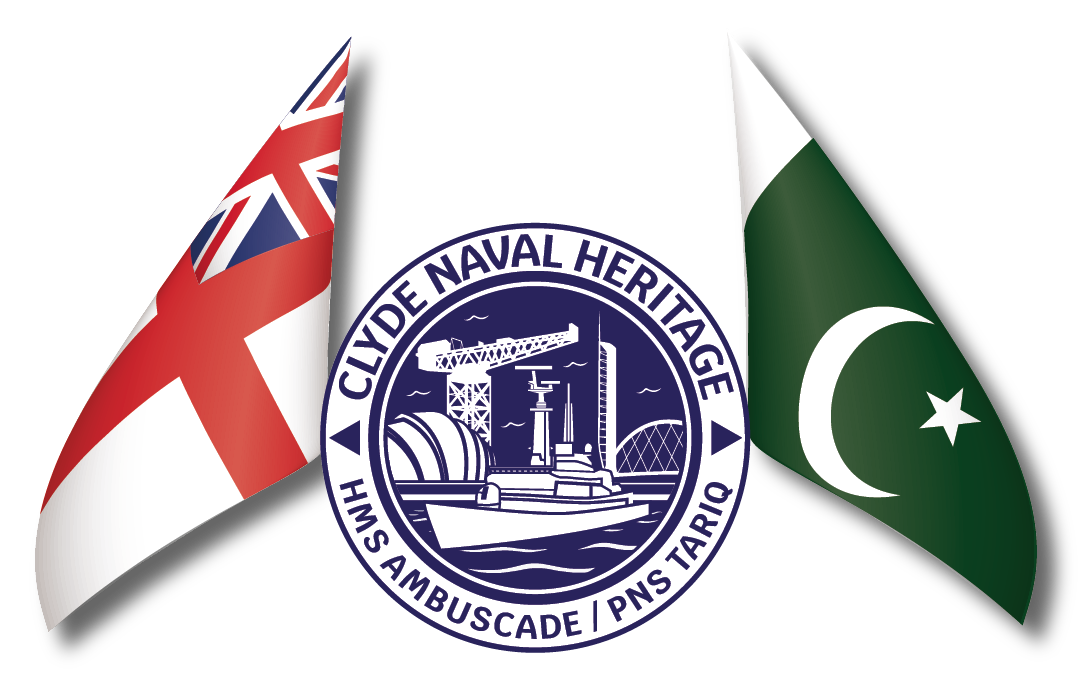The Role of Glasgow in Building the Queen Elizabeth-Class Aircraft Carrier Hull Sections
The Queen Elizabeth-class aircraft carriers, HMS Queen Elizabeth and HMS Prince of Wales, are the largest and most powerful warships ever constructed for the Royal Navy. These engineering marvels, standing as a testament to British naval capability, owe much of their existence to the industrial prowess of several shipyards across the UK. Notably, the city of Glasgow, with its rich shipbuilding heritage, played a crucial role in constructing the hull sections of these mighty vessels.
Overview of the Queen Elizabeth-Class Aircraft Carriers
The Queen Elizabeth-class carriers are designed to serve as the backbone of the Royal Navy for decades to come. Weighing around 65,000 tonnes, these vessels stretch to 280 meters in length and feature a flight deck the size of three football pitches. Capable of deploying both fixed-wing aircraft and helicopters, they are designed to support a variety of military operations, from humanitarian missions to full combat operations.
One of the key design features of the Queen Elizabeth-class carriers is their modular construction, where different shipyards worked on distinct sections of the ship. This allowed for simultaneous construction, speeding up the building process and ensuring that the ships were assembled with the utmost precision.
Glasgow’s Shipbuilding Legacy
Glasgow, located on the River Clyde, has long been a hub for British shipbuilding. From the 19th century to the present, the city has been at the forefront of naval engineering, responsible for producing many of the Royal Navy’s iconic ships. Its shipyards are world-renowned for their craftsmanship, innovation, and ability to produce warships to meet the high standards required by the navy.
Two of the most significant shipyards involved in the Queen Elizabeth-class project were BAE Systems’ Govan and Scotstoun yards in Glasgow. These shipyards were responsible for constructing major sections of the carriers’ hulls, reinforcing Glasgow’s key role in the project.
Construction of Hull Sections in Glasgow
The Queen Elizabeth-class aircraft carriers were built in blocks, known as supermodules, which were then transported and assembled at Rosyth Dockyard in Fife. The sections built in Glasgow included some of the most crucial parts of the hull, including the forward and midsection components. These components were built using state-of-the-art techniques and materials to ensure durability and performance under harsh conditions.
Forward Hull Section (Bow Block): Glasgow’s shipbuilders were tasked with creating the forward sections, or the bow of the ship. This was no small feat, as these parts needed to be structurally sound to ensure that the ship could cut through the water efficiently while supporting heavy loads.
Midsection (Central Blocks): The central blocks, built in Govan and Scotstoun, formed the core structure of the aircraft carriers. These sections needed to accommodate crucial elements of the ship, such as hangar space for aircraft, as well as housing for the ship’s crew and operations areas. Their size and complexity demanded precision engineering to ensure the ship could carry out its multifaceted missions.
Specialized Features: Glasgow’s contribution wasn’t just limited to the basic structure. The shipyards incorporated sophisticated systems into the hull sections, including piping, wiring, and compartments for critical machinery. These components were installed during the assembly of the blocks, reducing the amount of work needed once the sections were moved to Rosyth for final construction.
Challenges Faced in Hull Construction
The scale of the Queen Elizabeth-class project posed several challenges for Glasgow’s shipyards. For one, the size of the blocks being constructed was unprecedented in modern British shipbuilding. Moving these massive structures from Glasgow to Rosyth for final assembly required meticulous planning and coordination.
Furthermore, ensuring that the blocks would fit perfectly together during the final assembly was critical. The precision demanded by the Royal Navy meant that Glasgow’s shipbuilders had to work to extremely tight tolerances, ensuring that any inconsistencies were addressed before the blocks left the shipyards.
The Legacy of Glasgow’s Involvement
Glasgow’s involvement in the Queen Elizabeth-class project is a continuation of the city’s long-standing tradition of contributing to Britain’s naval superiority. The successful construction of these hull sections reaffirms Glasgow’s status as a vital player in the UK’s defence sector.
Beyond the pride of being part of such a landmark project, Glasgow’s shipyards also benefited economically from their involvement. The Queen Elizabeth-class carriers generated jobs and boosted the local economy, bringing high-skilled work to the region.

